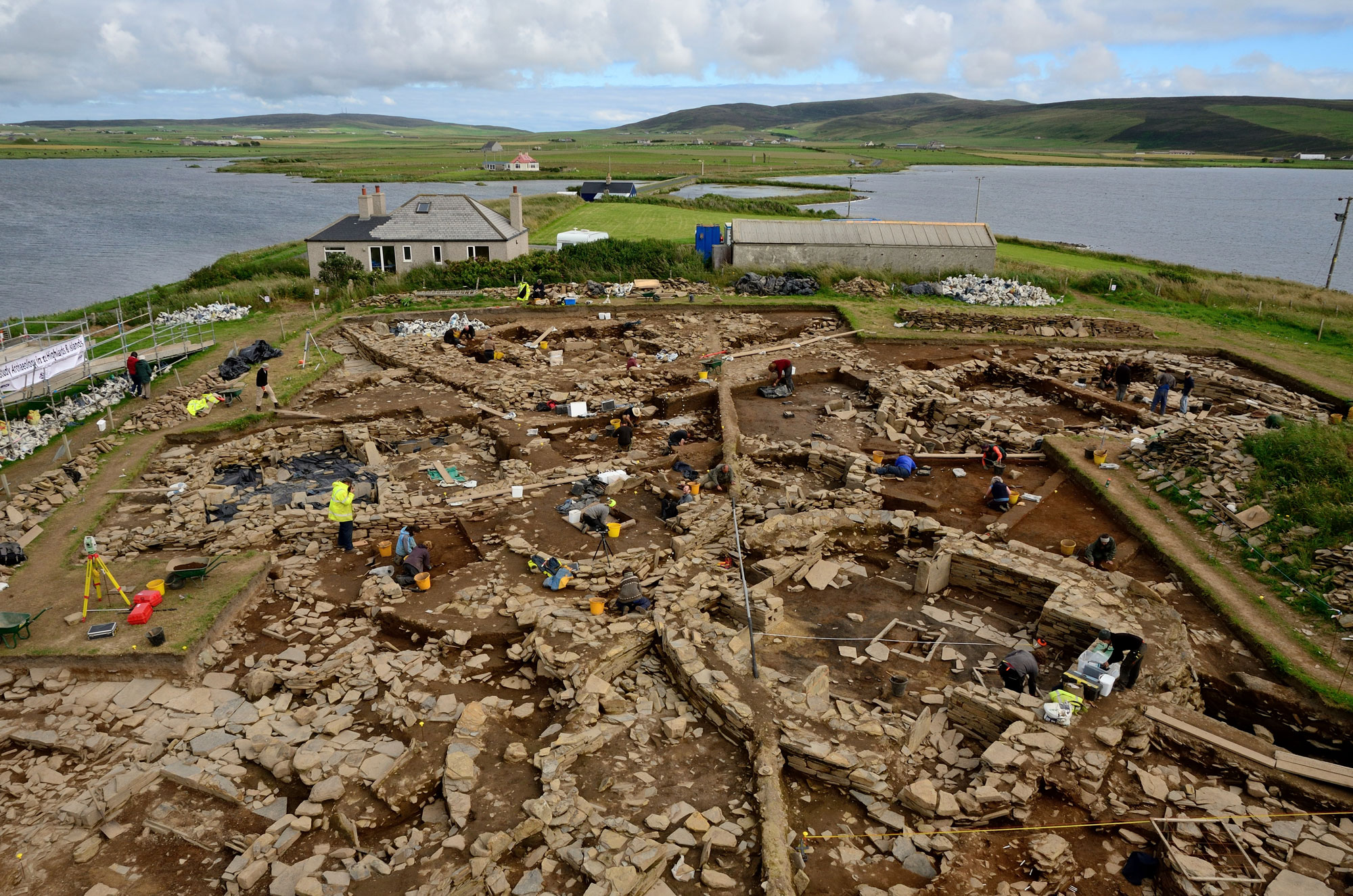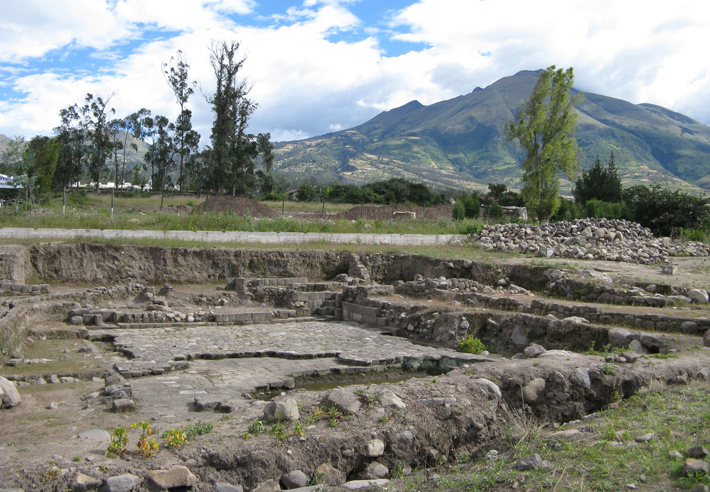
LONDON, ENGLAND—In a presentation at the recent European Palaeolithic Conference, Sabine Gaudzinski-Windheuser and Olaf Jöris, both of the MONREPOS Archaeological Research Center in Neuwied, Germany, suggested that female figurines were first carved 35,000 years ago in the “Willendorf style” as celebration of the female form and the “overall idea of femaleness.” The individual figurines share general characteristics, but differ from each other in size, shape, and decoration. Then 16,000 years ago, female figurines and engravings became more standardized. These Gönnersdorf-style images were more schematic and stylized. Gaudzinski-Windheuser and Jöris think the simpler figures were used to create a “communal identity” among Europe’s growing populations.









